25 Benthic families - ReefoDivers
1/24
Earn XP
Description and Tags
Study these 25 benthic families for our bronze level certificate.
Name | Mastery | Learn | Test | Matching | Spaced |
|---|
No study sessions yet.
25 Terms
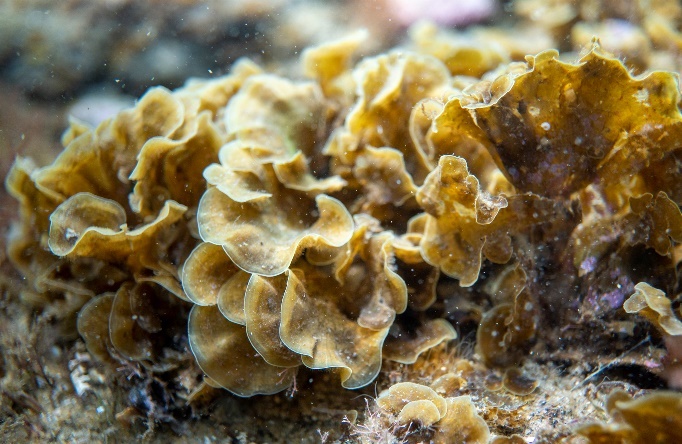
Brown or olive-green in color
Providing habitat and food
Brown algae

Broad oral disk
Short tentacles
Upturned mouth in centre
Corallimorph
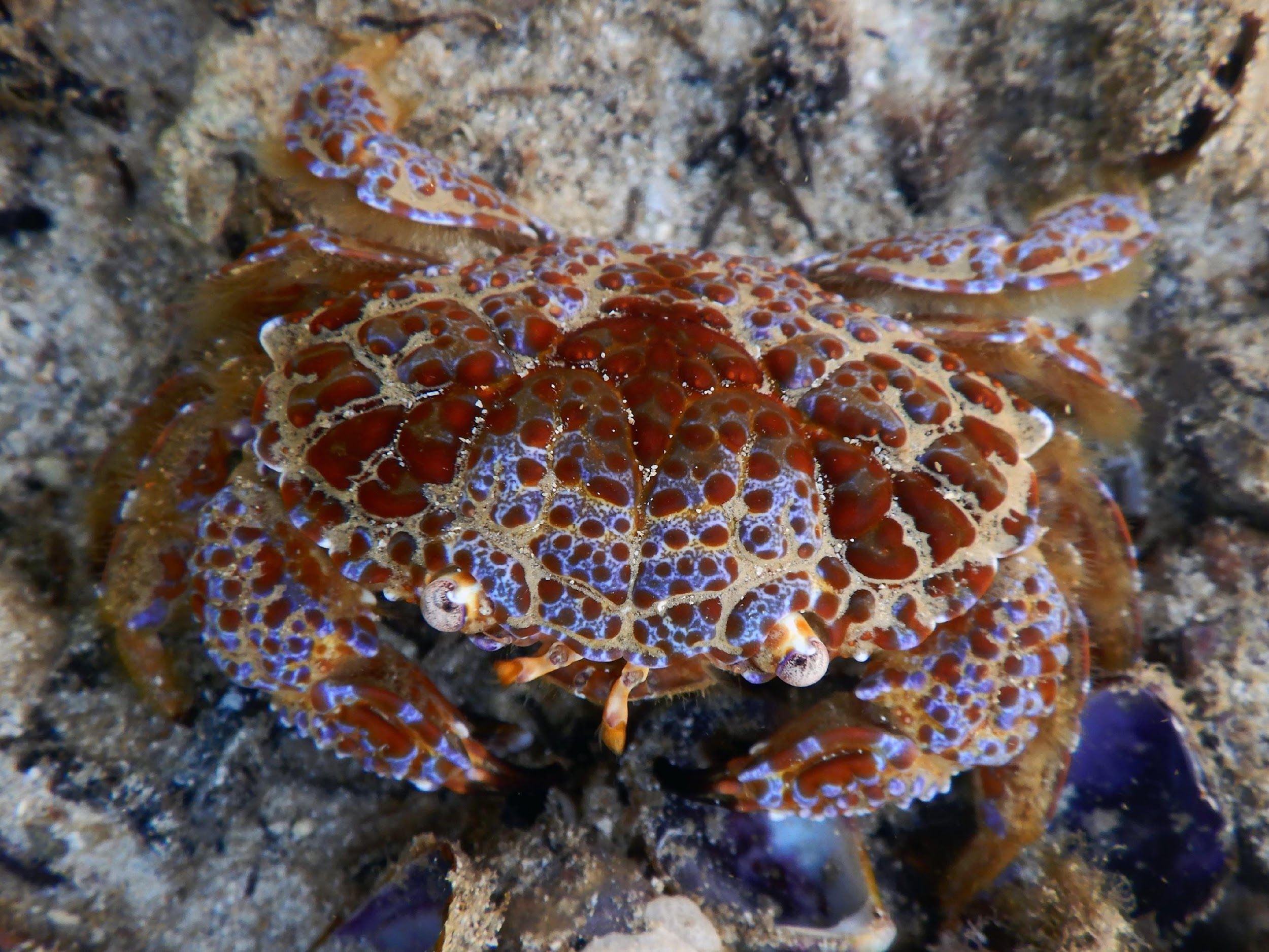
Flattened body
Exoskeleton
Single pair of claws
Crab
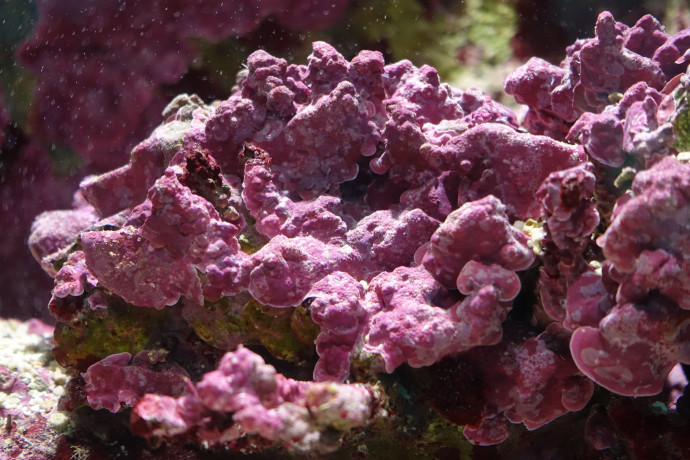
Hard calcium crust
Substrate for coral larvae
Crustose coralline algae
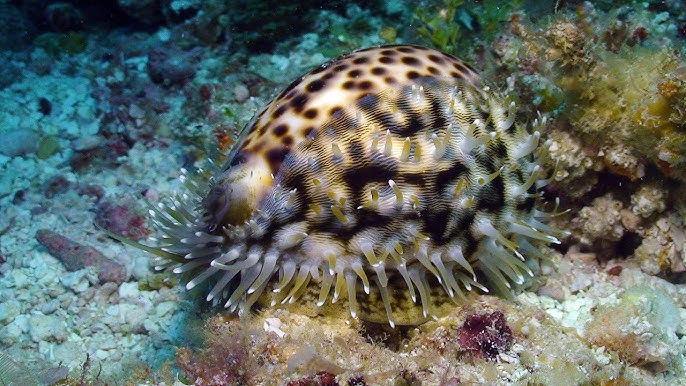
Calcium carbonate shell
Tentacles and sensory organs
Sea snails feed on algae
Sea snail
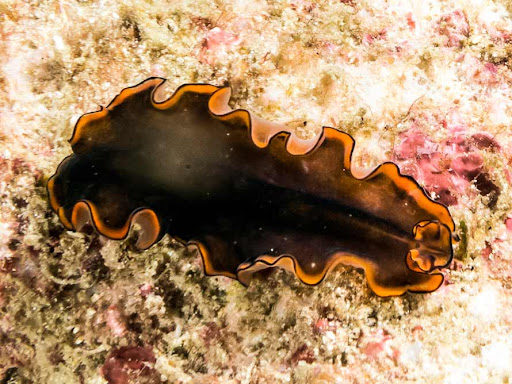
Flattened body shape
Opening both mouth and anus
Flatworm
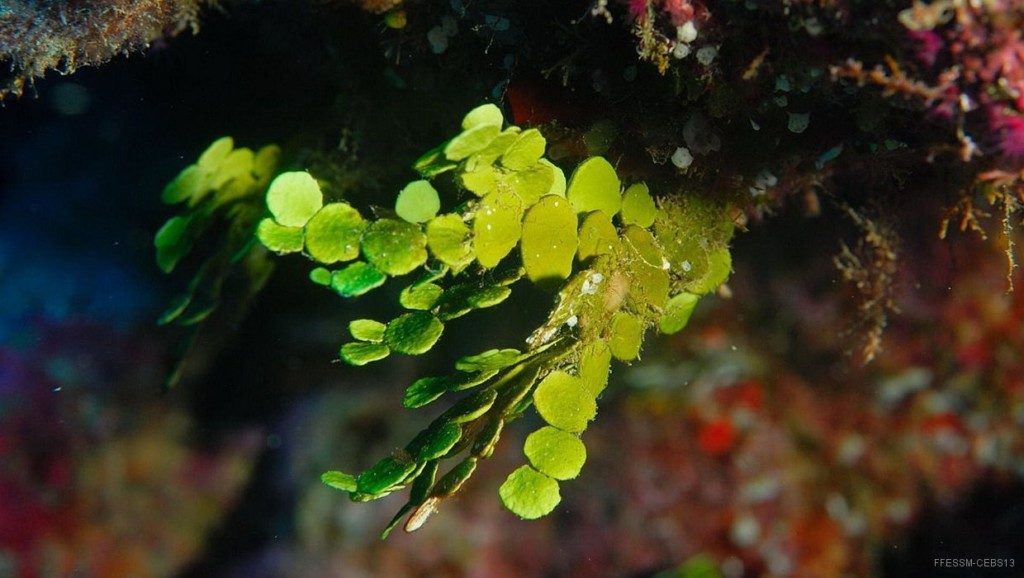
Bright green color
Provide food and oxygen
Recycle nutrients
Green algae
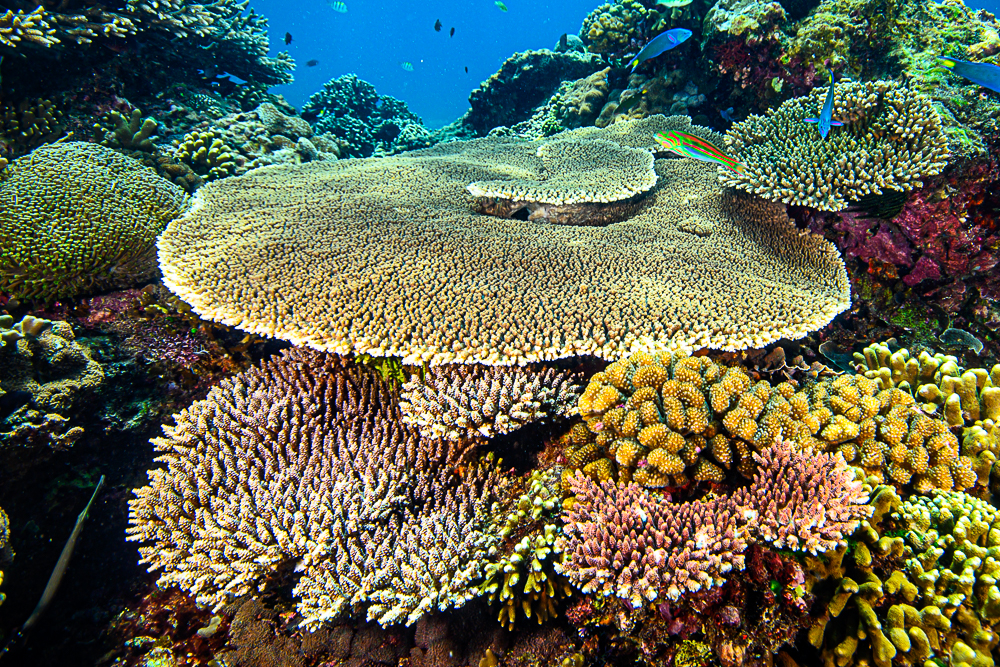
Calcium carbonate skeleton
Reef builders
Polyps with x6 tentacles
Hard coral

Colonial animal
Growing on rocks
Bushy appearance
Hydroid
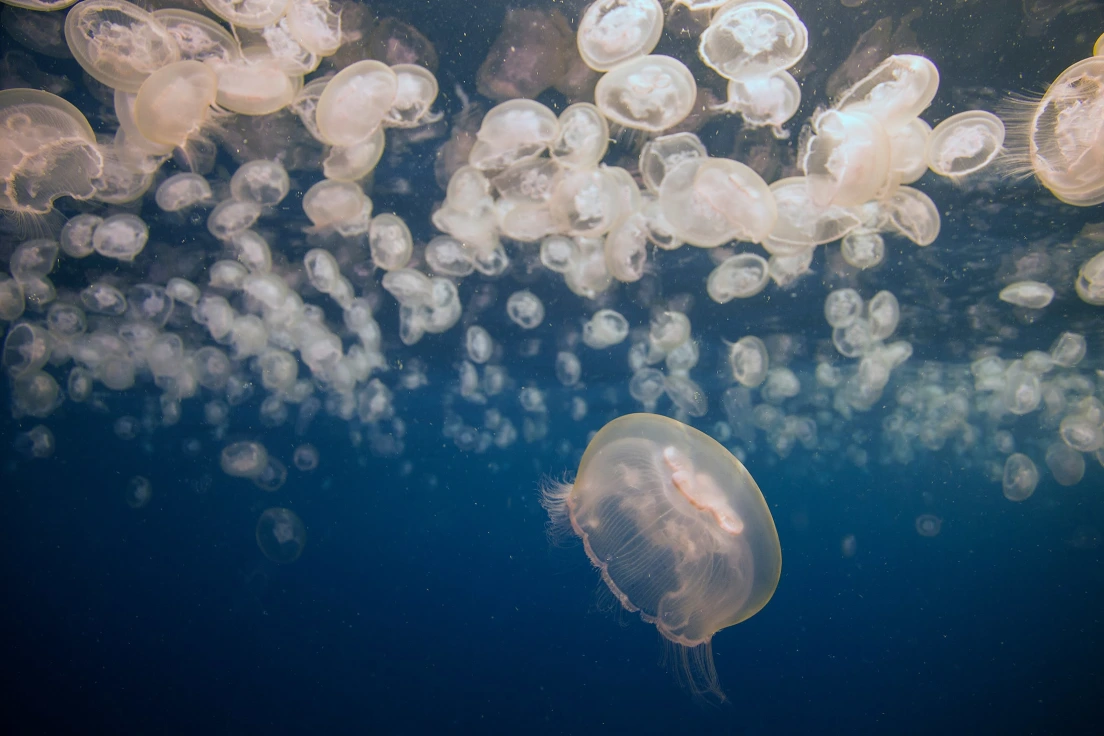
Umbrella-shaped bell
Trailing tentacles
Transparent appearance
Jellyfish
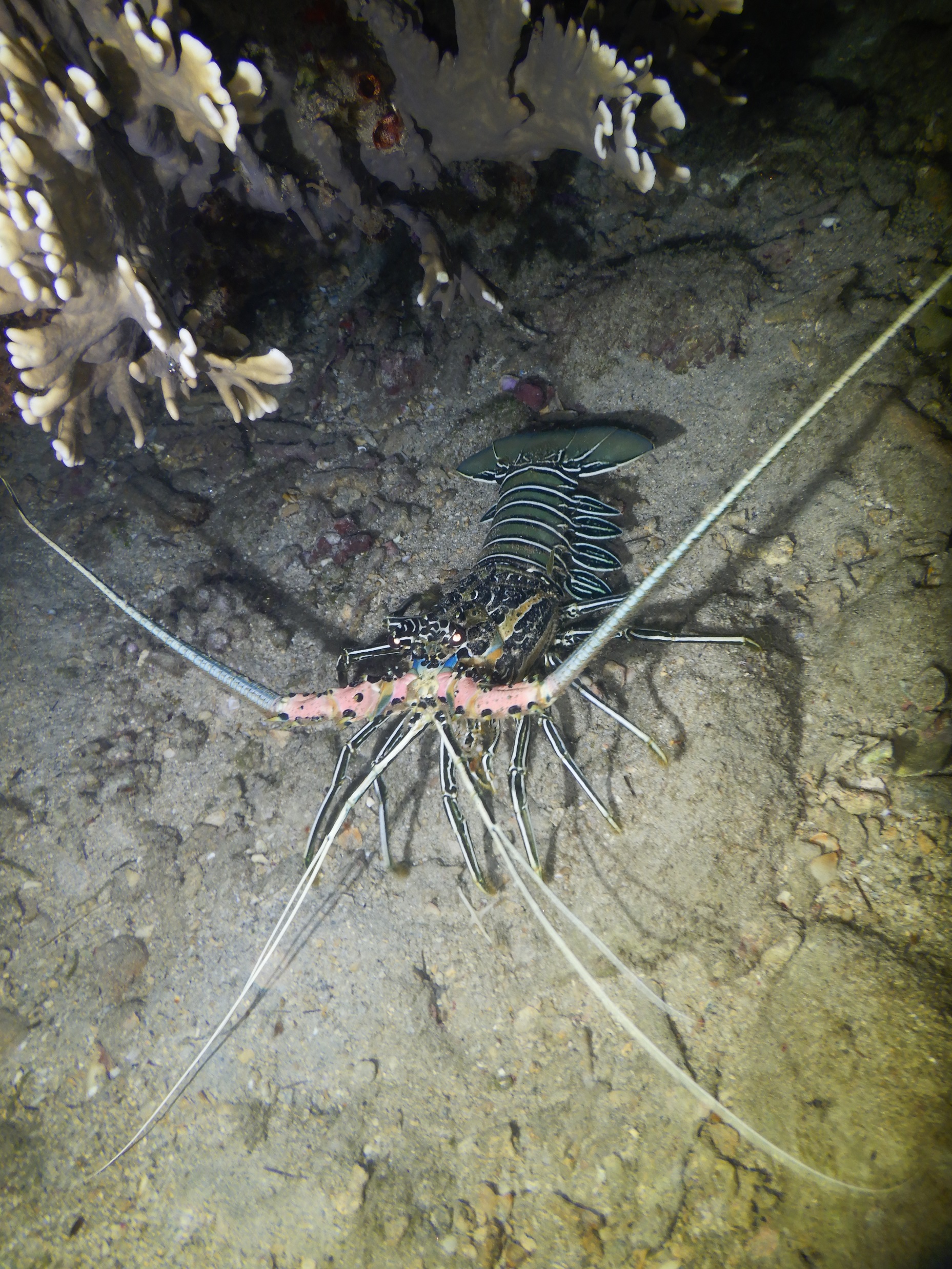
Tough exoskeleton
Pair of large claws
Long sensory antennae
Lobster
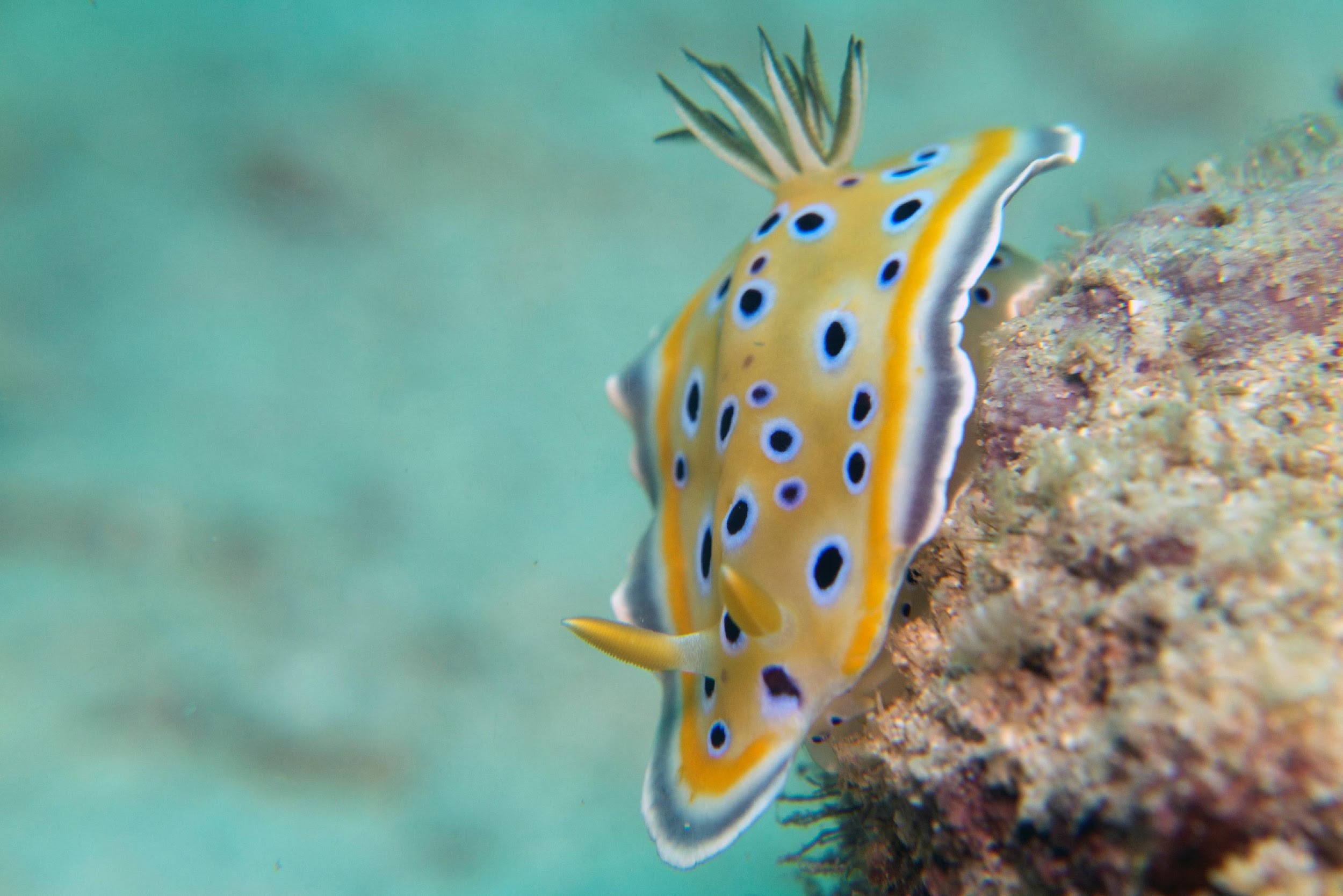
Sea snail without shell
Exposed respiratory gills
Nudibranch
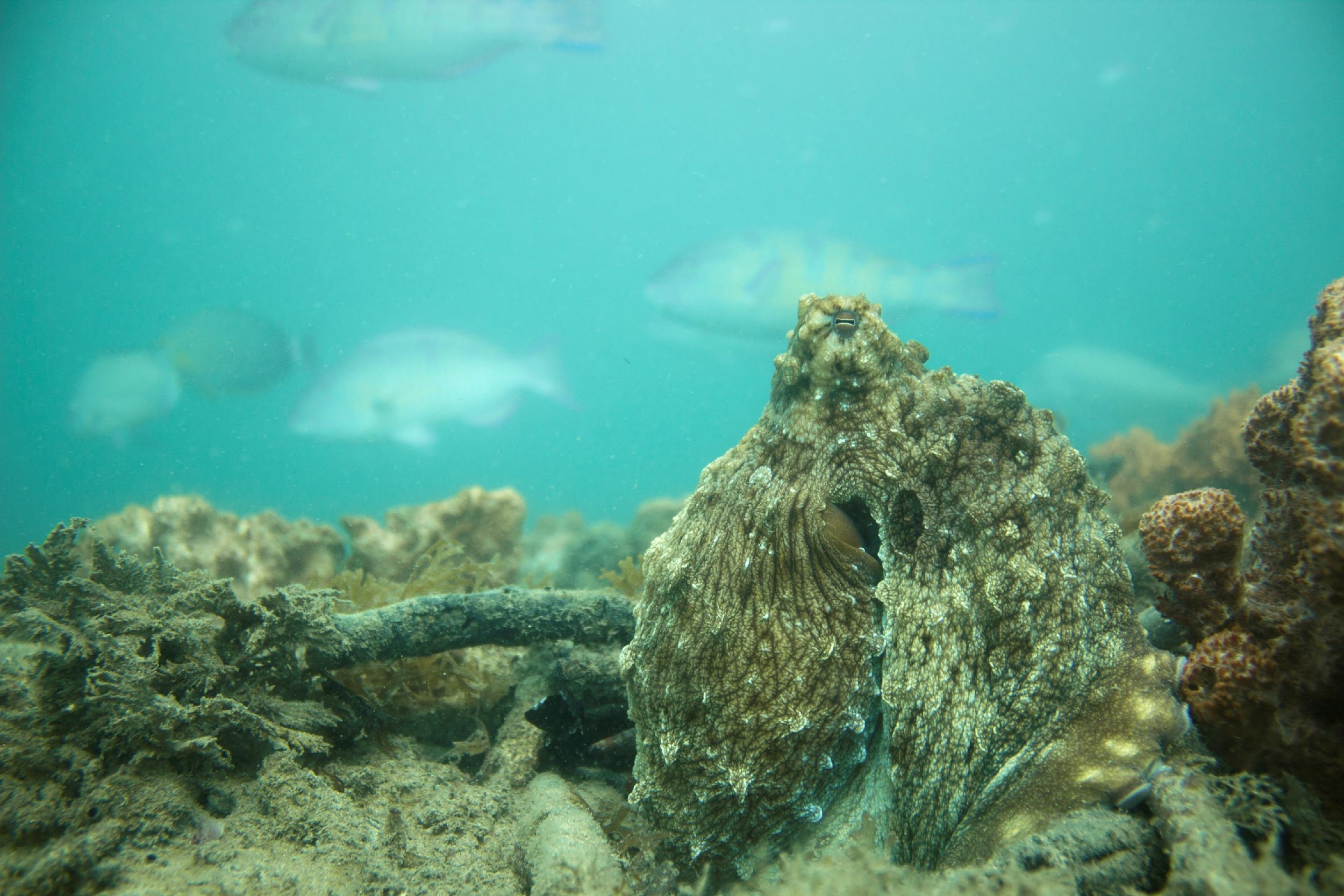
Soft, bag-like body
Eight long tentacles
Tentacles lined with suckers
Octopus
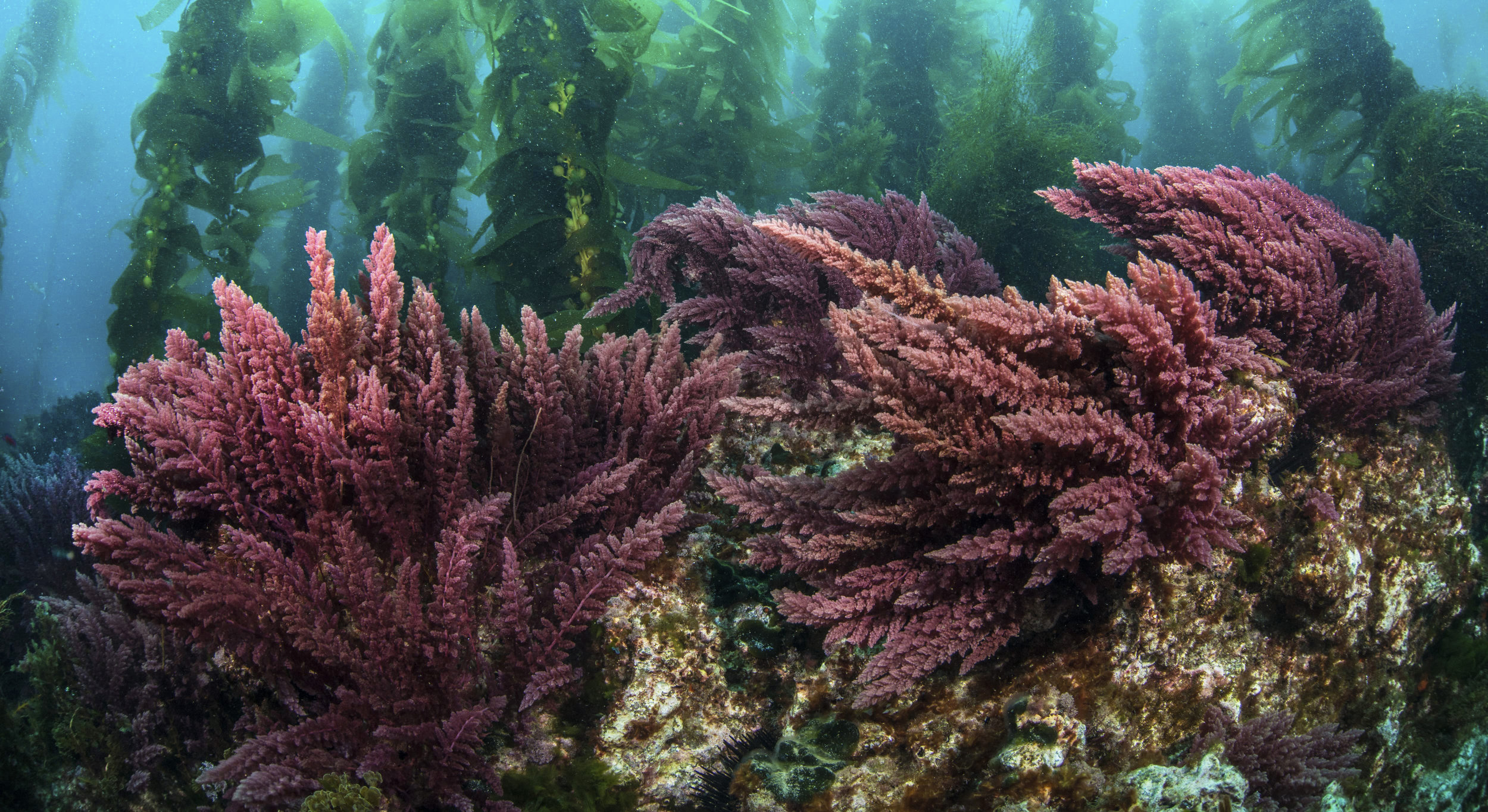
Red in color
Blade structure
Red algae

Tubular body
Long tentacles
Inward turning mouth
Flat base attachment
Sea anemone
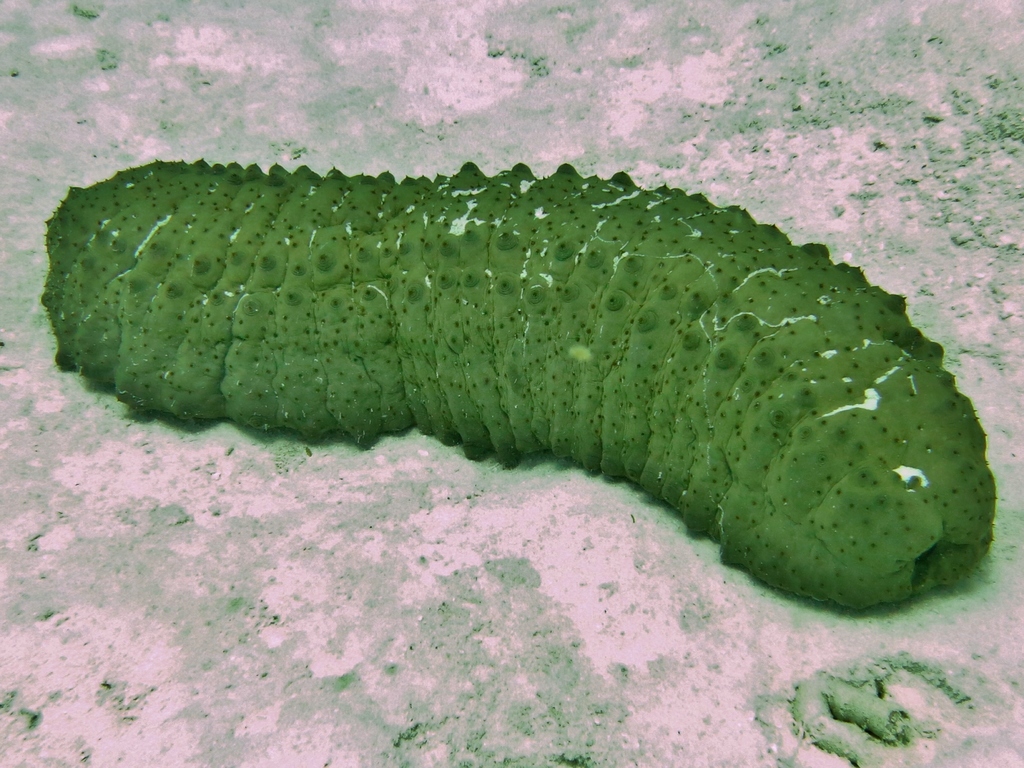
Long cylindrical body
Tiny tube feet
Filter-feeder
Sea cucumber
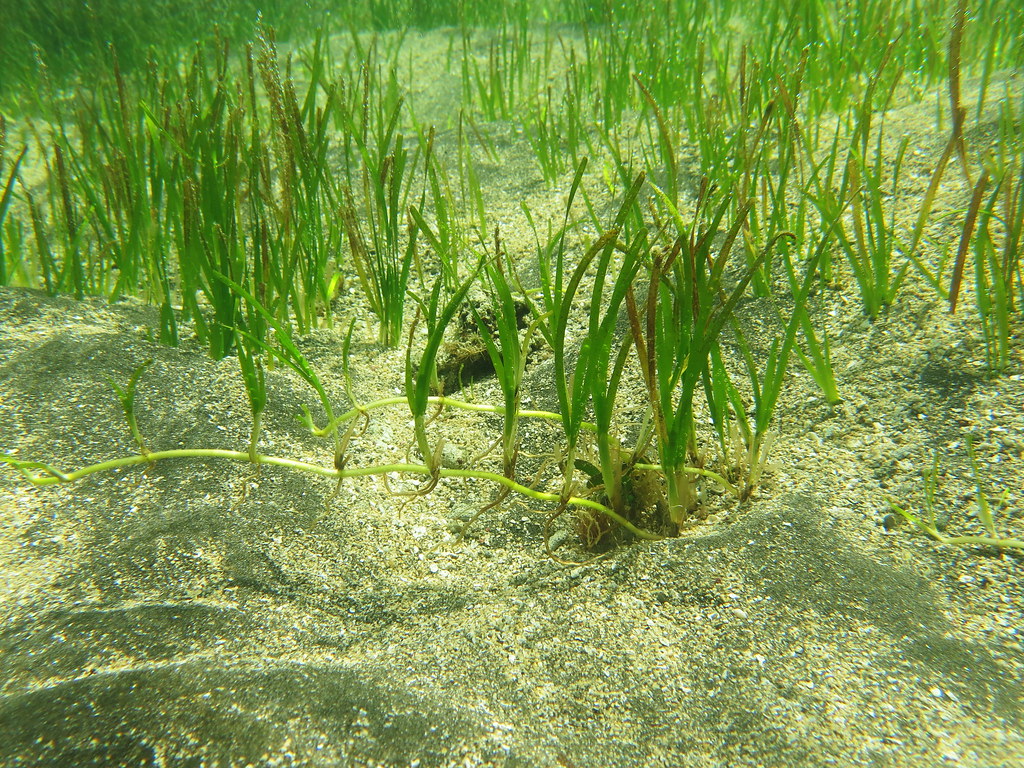
Narrow leaves and roots
Stabilize sediment
Sea grass
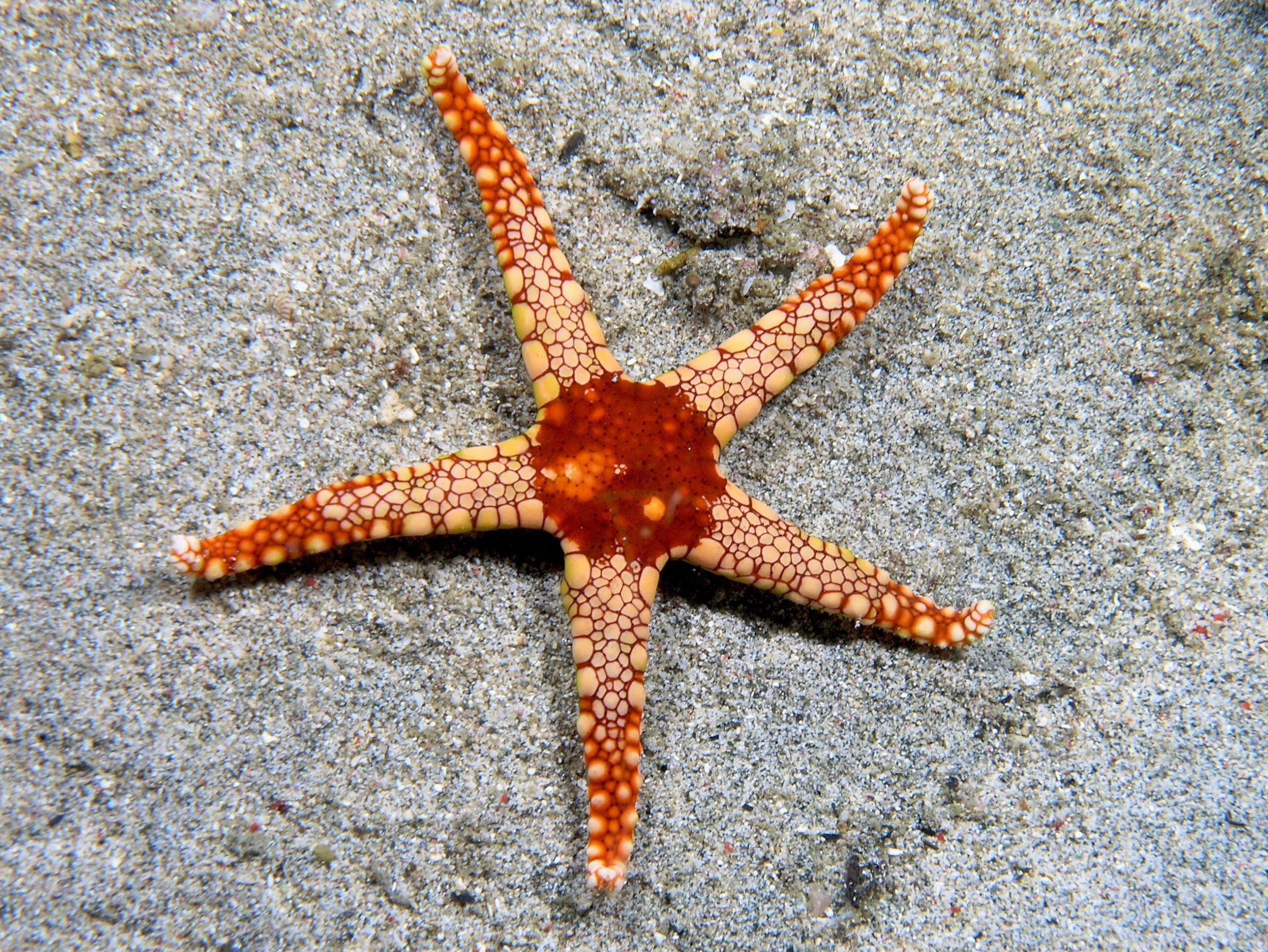
Five-point radial symmetry
Preying on mollusks
Sea star
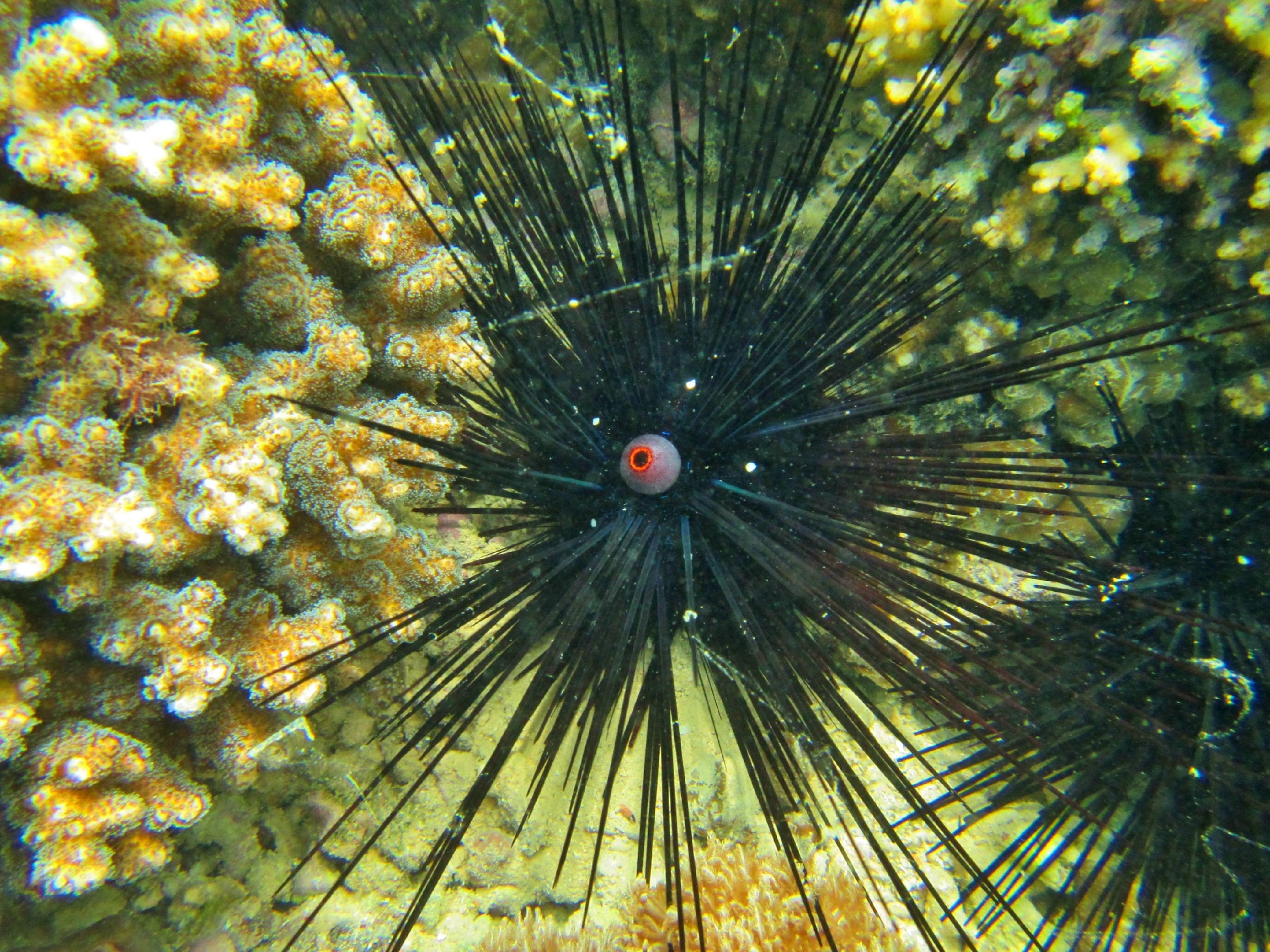
Hard calcareous structure
Moveable spines
Sea urchin
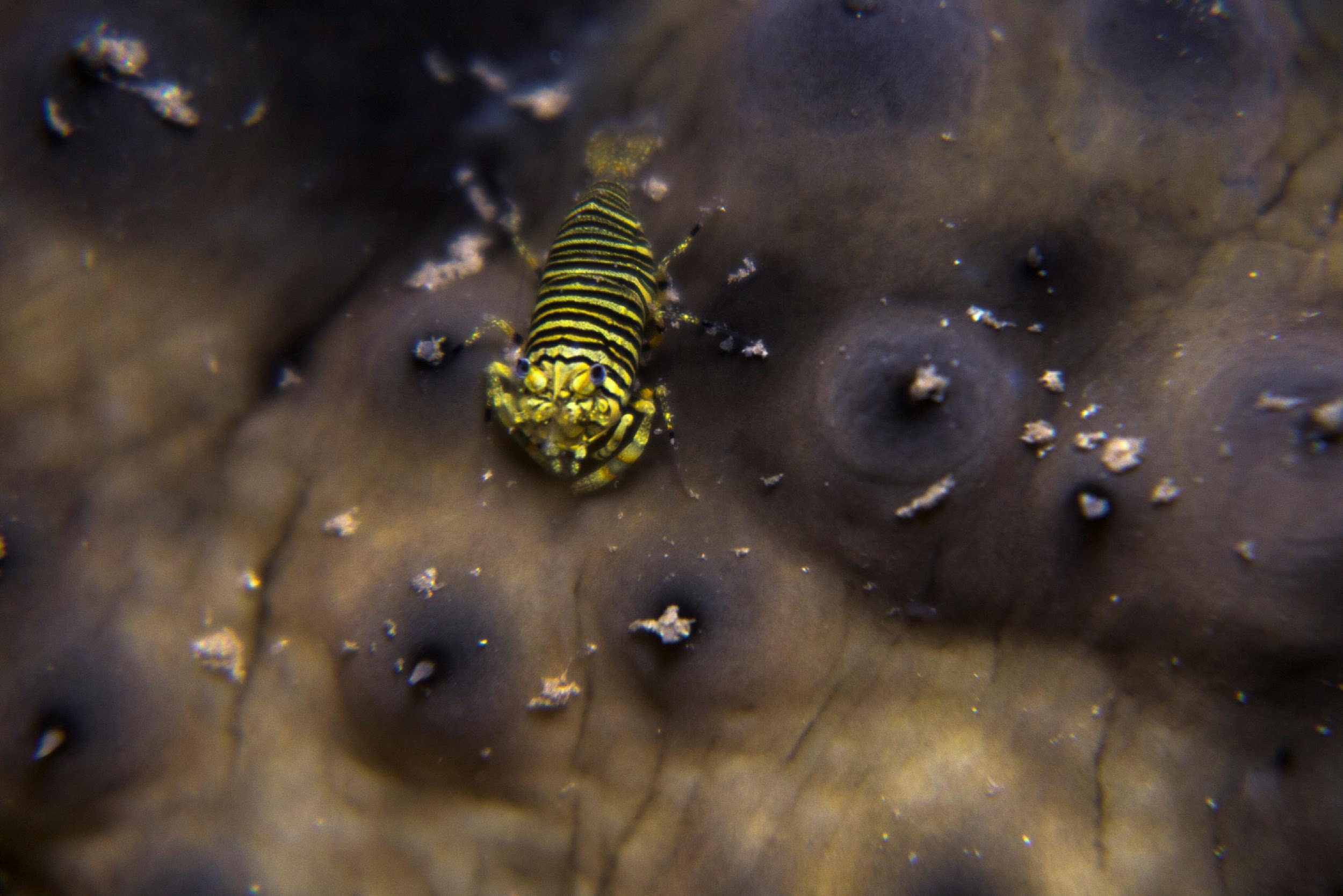
Hard exoskeleton
Long, slender antennae
Often translucent
Shrimp
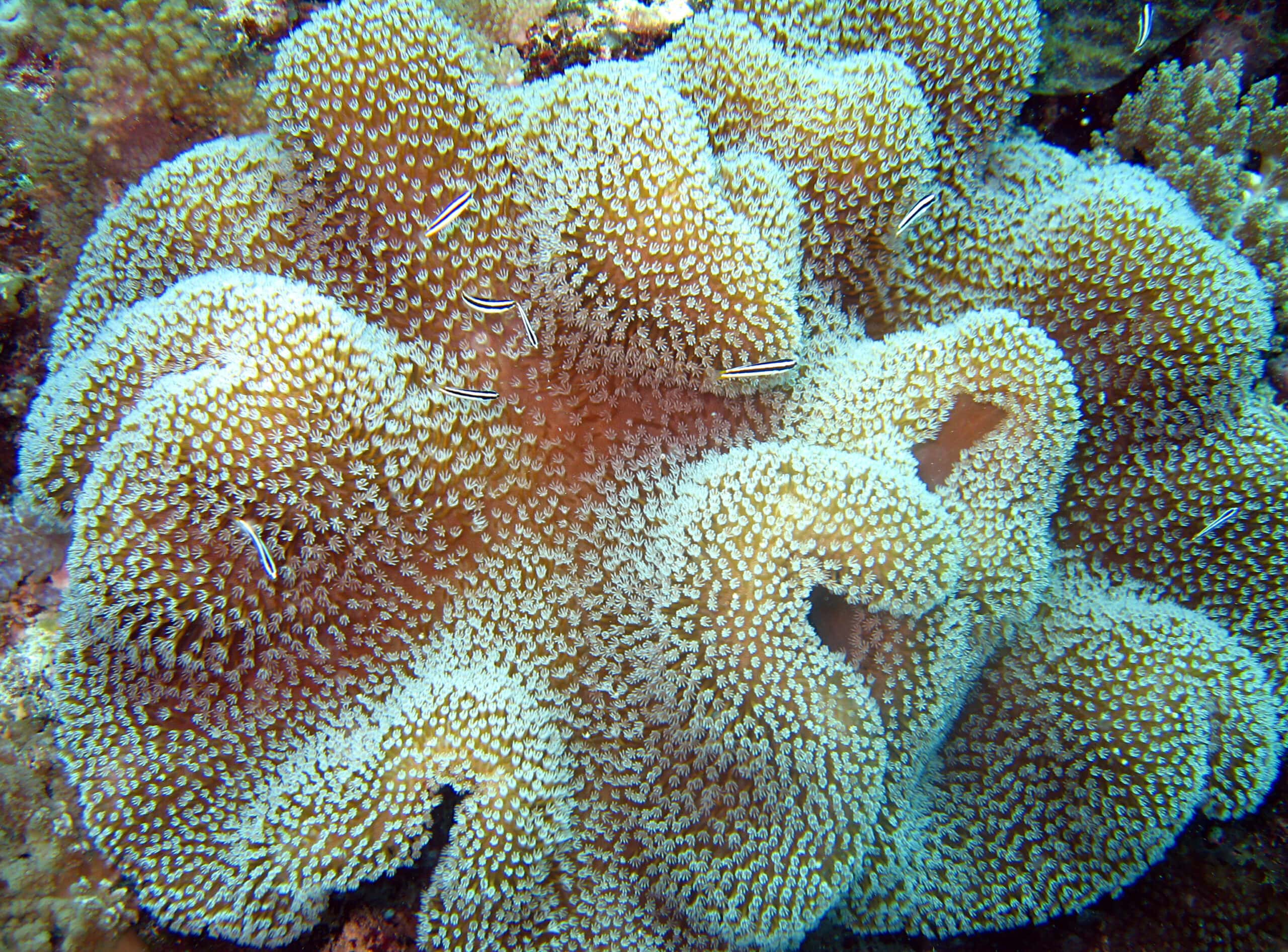
Polyps with x8 tentacles
Lack a hard skeleton
Soft coral
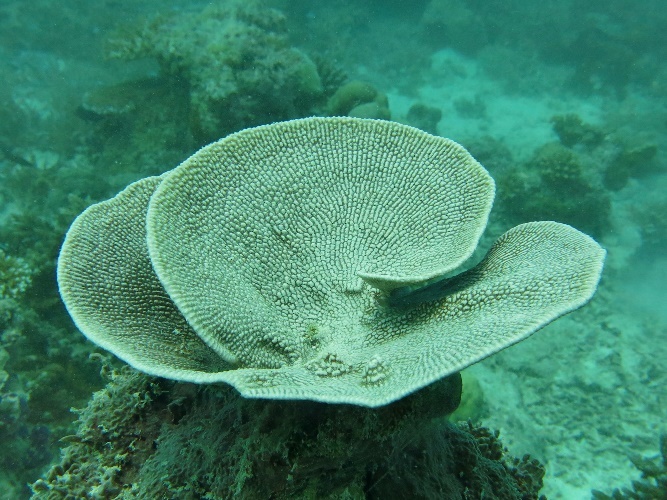
Simple body plan
No true tissues or organs
Filter water and recycle nutrients
Sponge
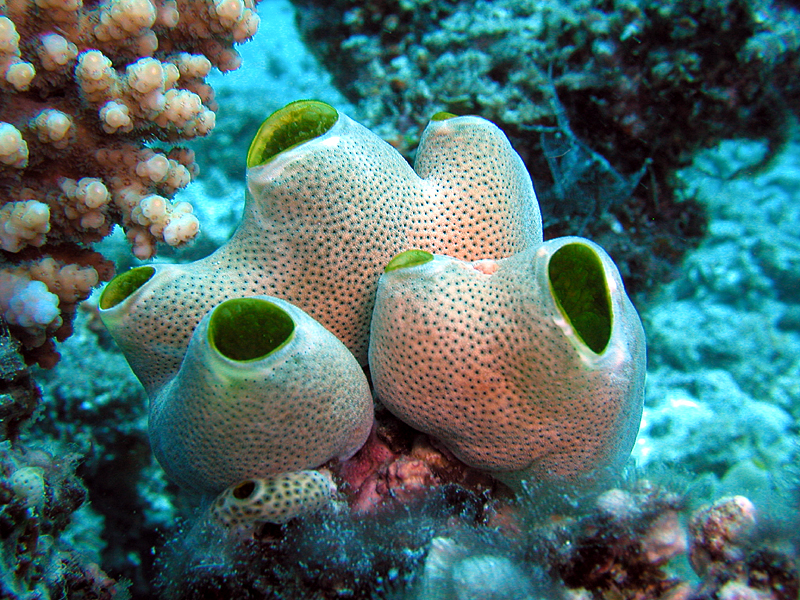
Built like a barrel
Two openings called siphons
Filter water and recycle nutrients
Tunicate
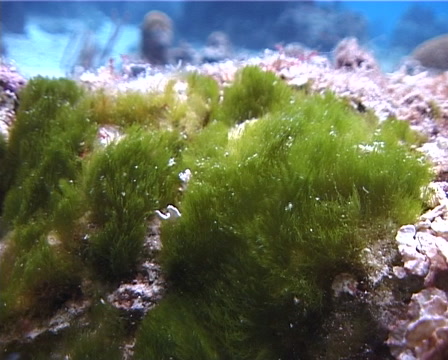
Growing as a dense mat
Living on muds and sands
Turf algae
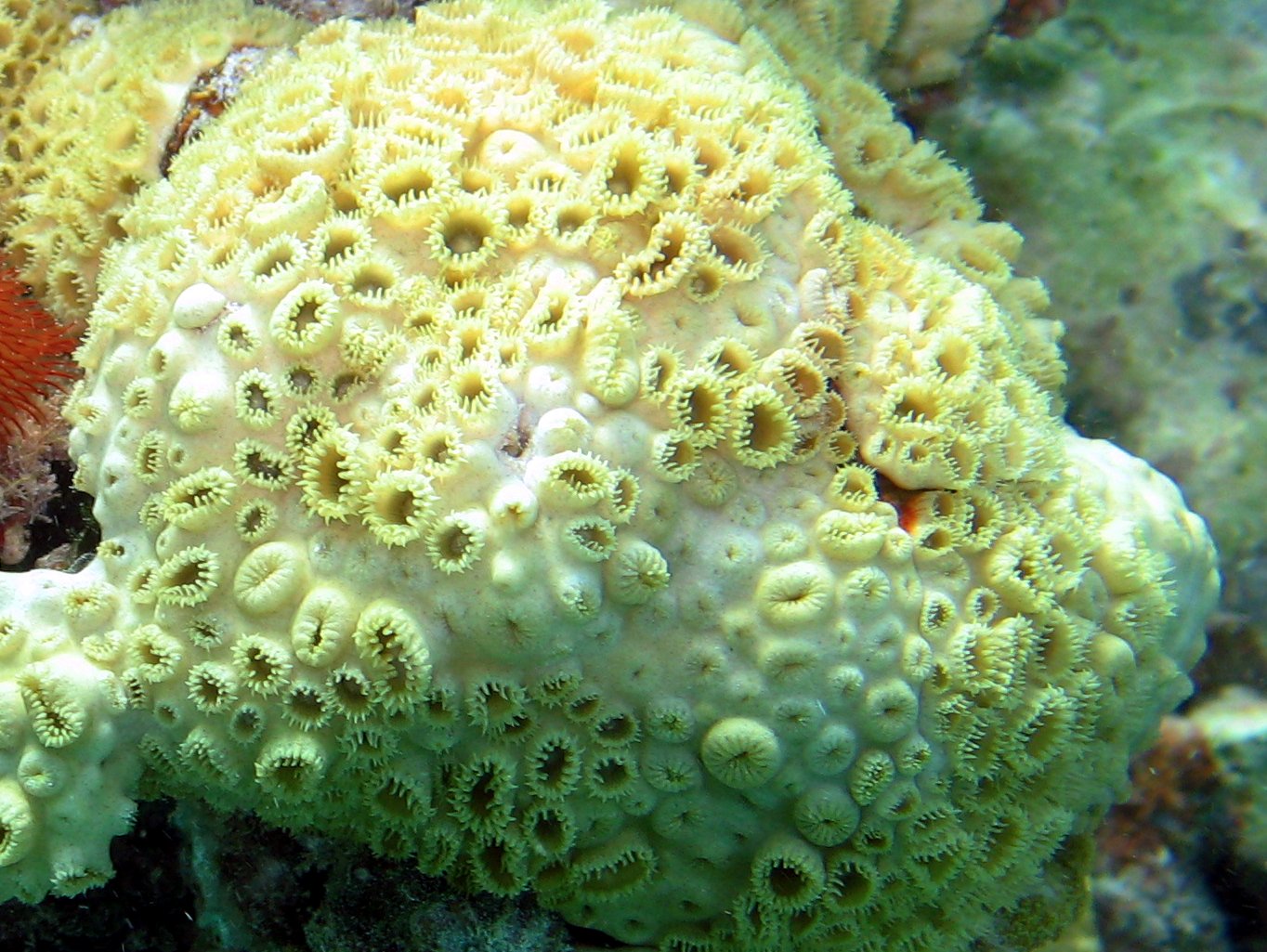
Look like tiny sea anemones
Living in colonies
Tentacles are all marginal
Zoanthid